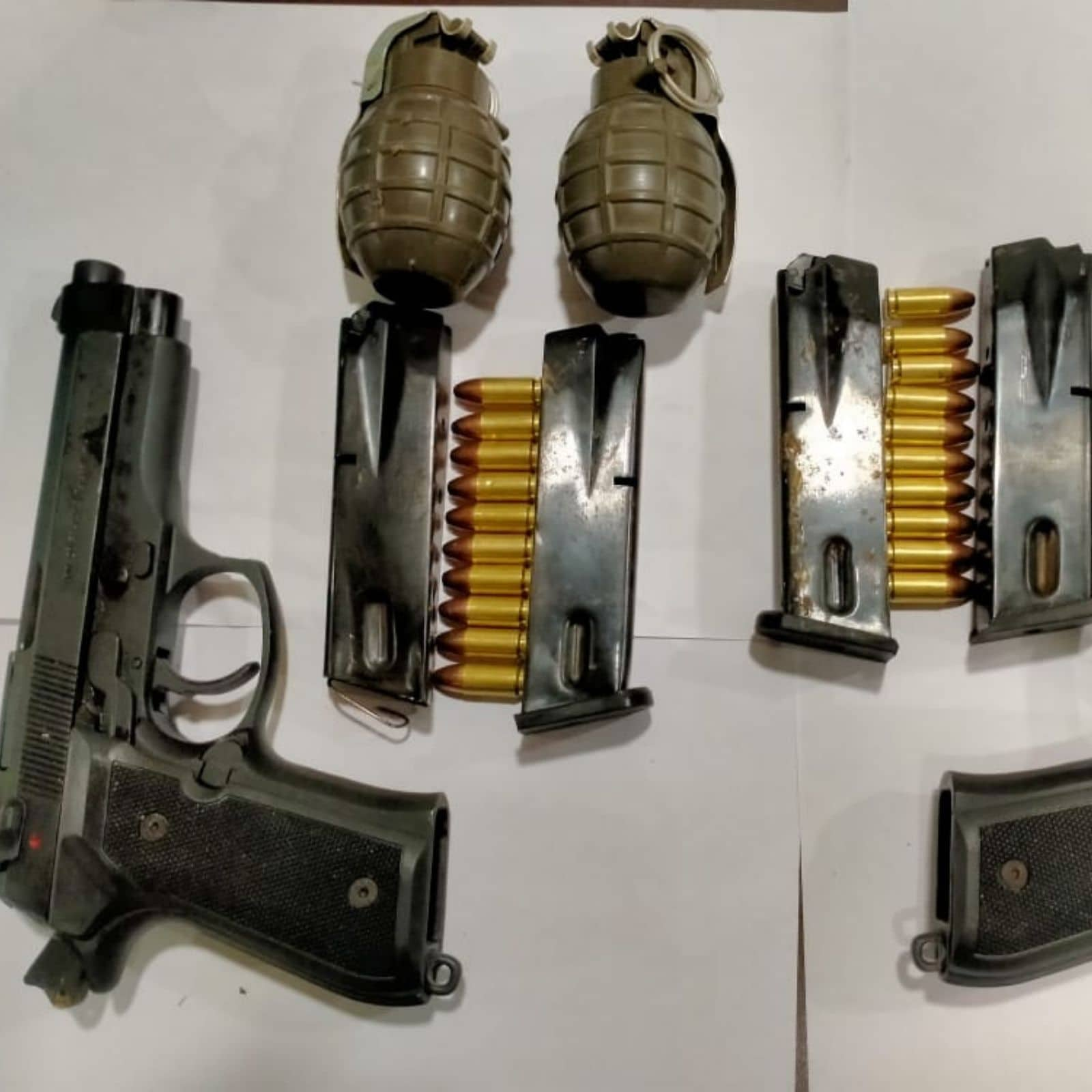The Patiala police apprehended a terrorist and a member of the outlawed terrorist organization Babbar Khalsa International (BKI), who was also a co-accused in the 2004 Burail jailbreak involving terrorists Jagtar Tara and Jagtar Hawara.
Nand Singh was apprehended during an ongoing investigation into the espionage and narco-terrorism case that was filed in Patiala earlier this month. In this case, the police have already apprehended drug dealer Amrik Singh and Indian Army soldier Manpreet Sharma.
The Patiala SSP During a press conference on Tuesday, Varun Sharma stated that Nand Singh was arrested in Patiala and that four sophisticated pistols, including an automatic 9 mm pistol manufactured in Turkey, were recovered.

According to police sources, Nand Singh was a member of Amrik Singh’s covert cell. The SSP stated that Nand Singh was apprehended after a comprehensive interrogation of Amrik Singh, who was brought from the Patiala central jail on a production warrant and interrogated thoroughly.
Patiala CIA Director Shaminder Singh stated that Amrik Singh and Nand Singh met in the Patiala central jail in 2012, and that India’s most wanted terrorist Harvinder Singh Rinda, who is presently in Pakistan, also made contact with Amrik Singh in 2014 and 2015. “Ever since both, Rinda and Amrit Singh, met in the Patiala central jail, they have been in touch with each other,” said Shaminder Singh.
2021, according to DSP Sukhamrit Singh Randhawa, Amrik Singh had contact with sepoy Manpreet due to his village kinship. During his tenure at Chandi Mandir in Panchkula, “Manpreet, who was recruited in 2016, provided Amrik Singh with sensitive intelligence documents four to five times,” the DSP explained.
ALSO READ : Bihar government to install call blocking in jails
A drug dealer disclosed sensitive military data to Pakistan
The Patiala police attentively monitored the activities of the prison-inmate accused Amrik Singh. right. In the prison, mobile phones were also recovered from him. Amrik Singh was charged on September 1 of this year under Sections 3, 5, 7, and 9 of the Official Secrets Act-1923 and Sections 13, 16, and 18 of the Unlawful Activities (Prevention) Act for providing sensitive information about the Indian Army to Pakistani counterparts. Manpreet Sharma was the soldier who shared sensitive information with Amrik Singh.





